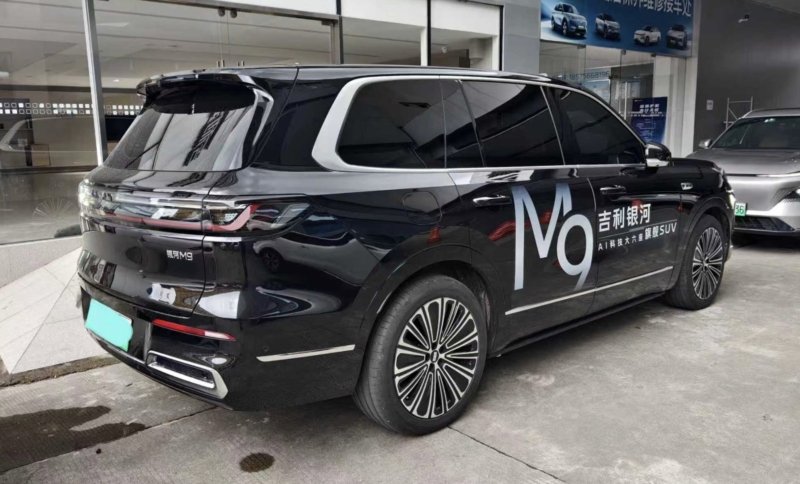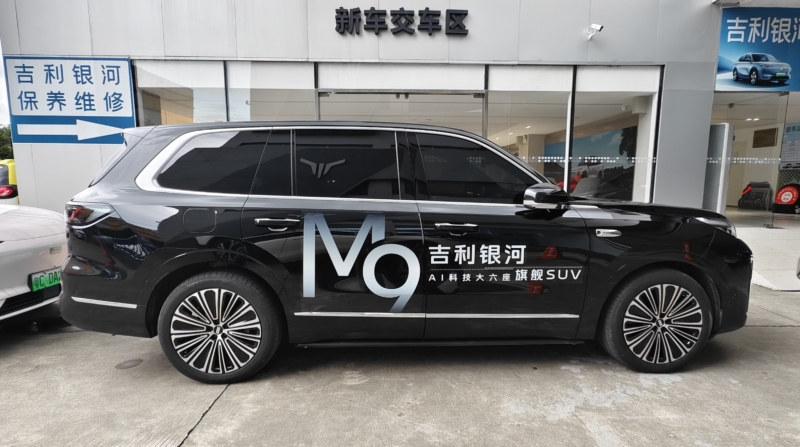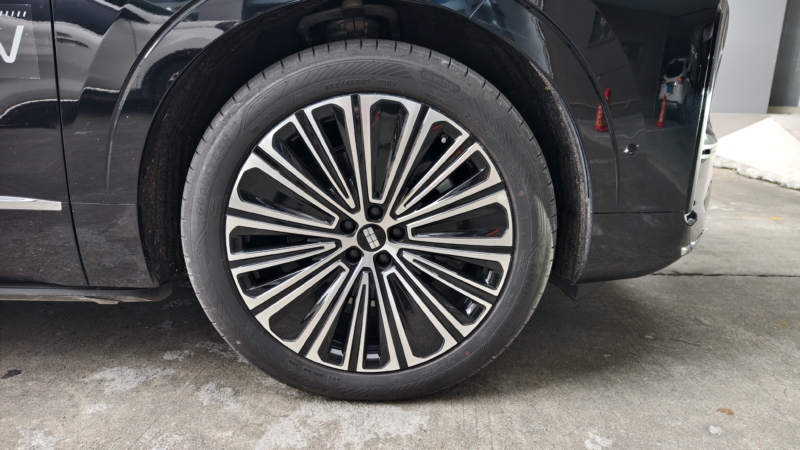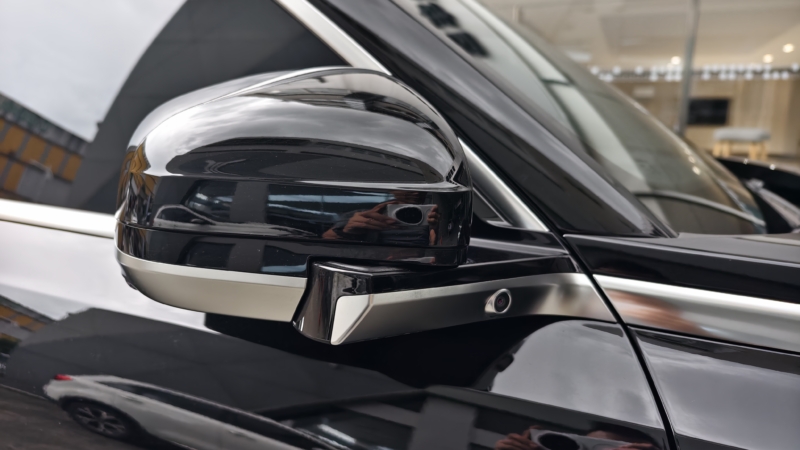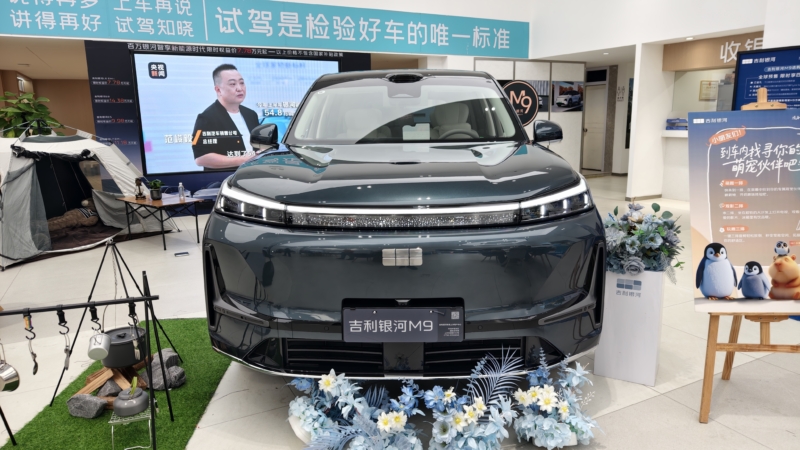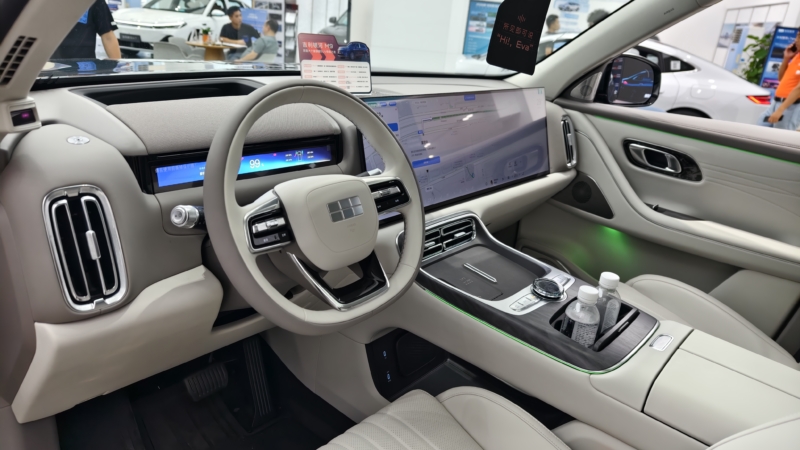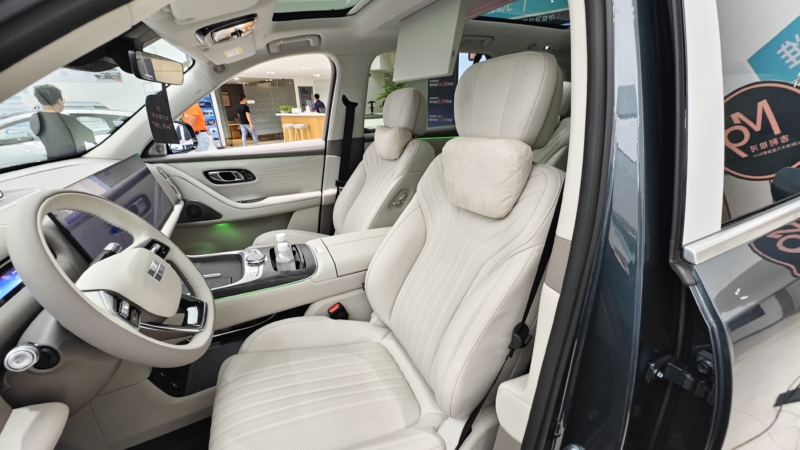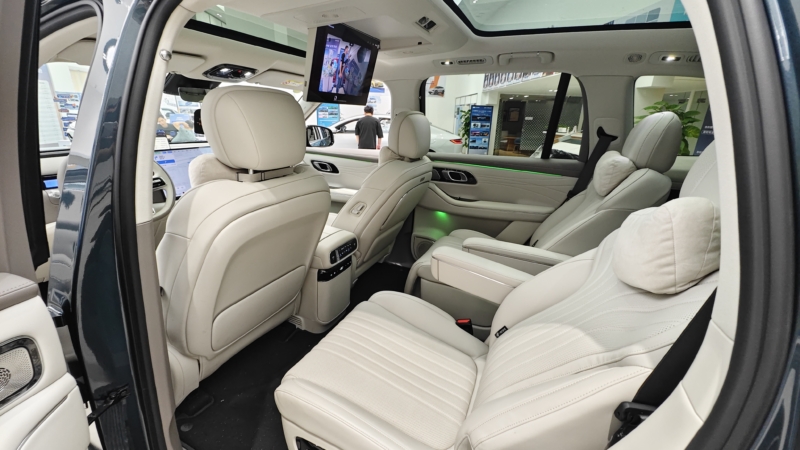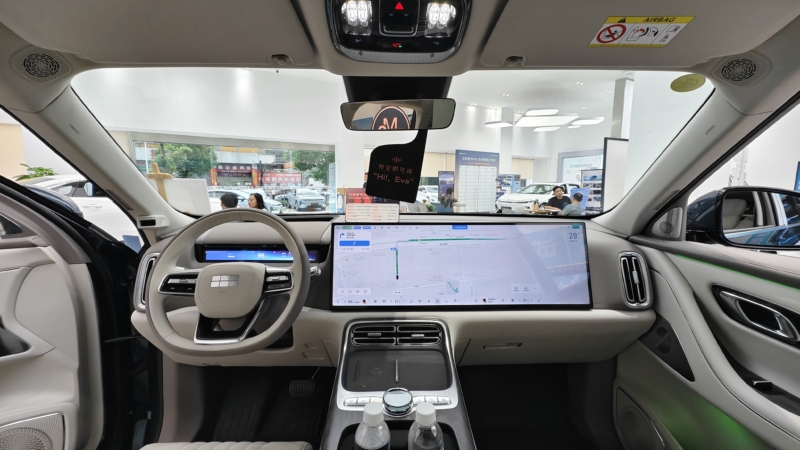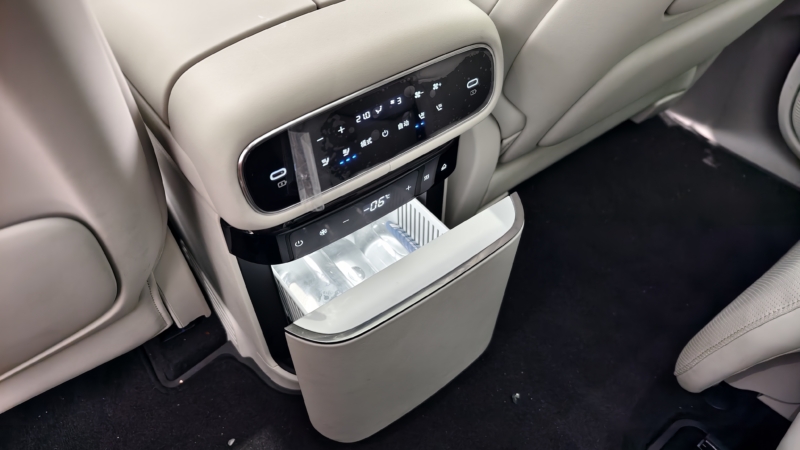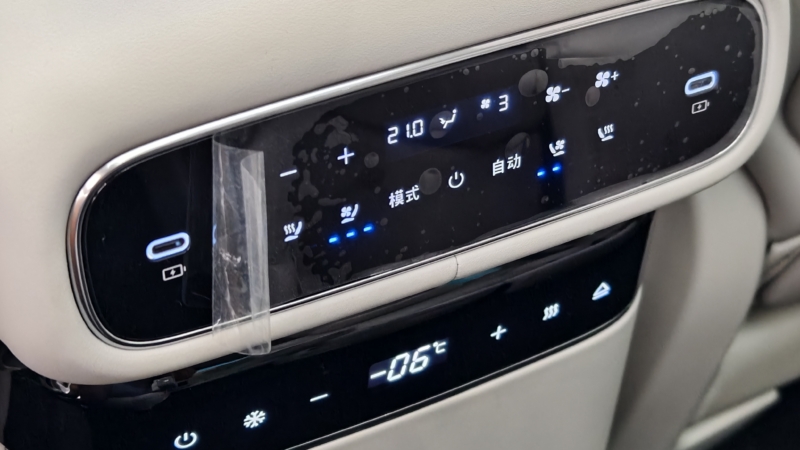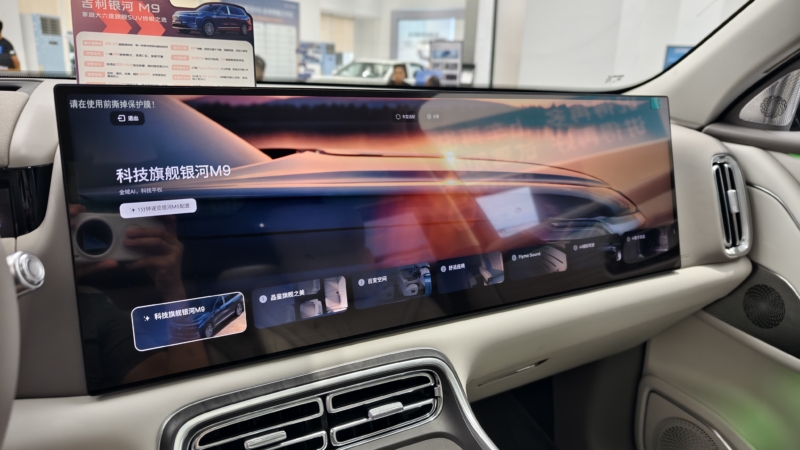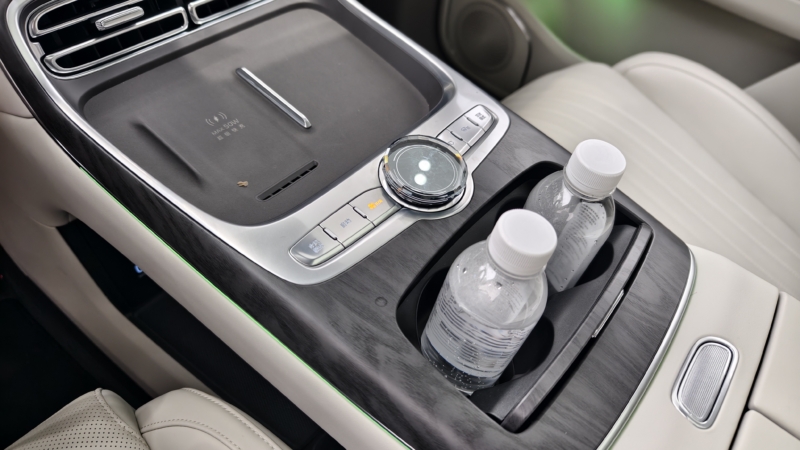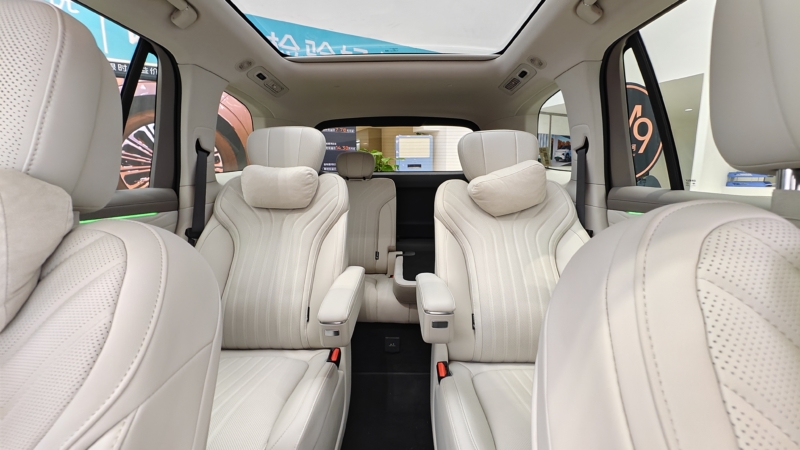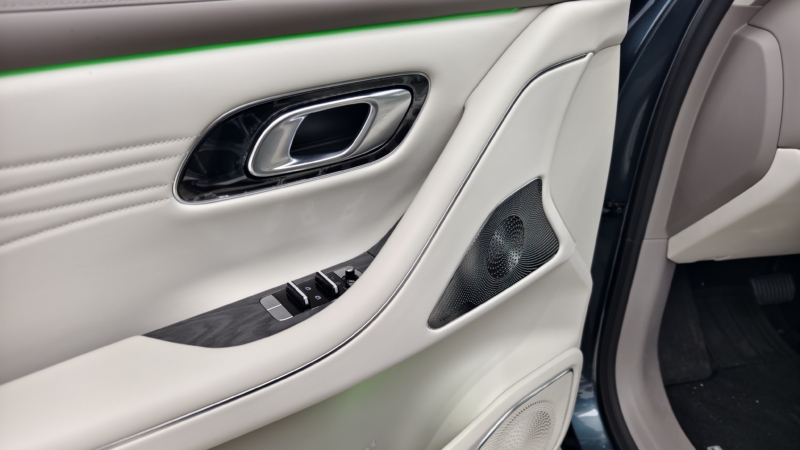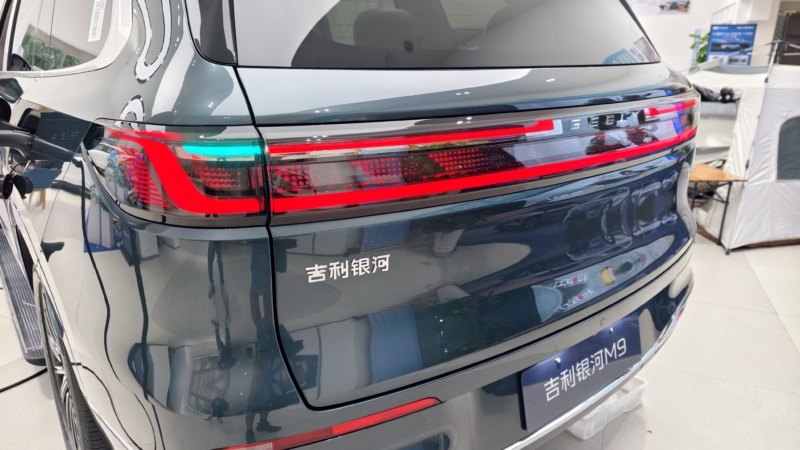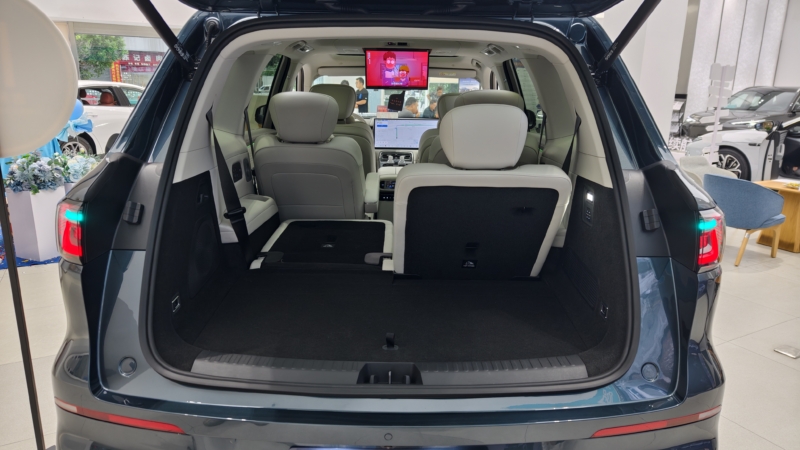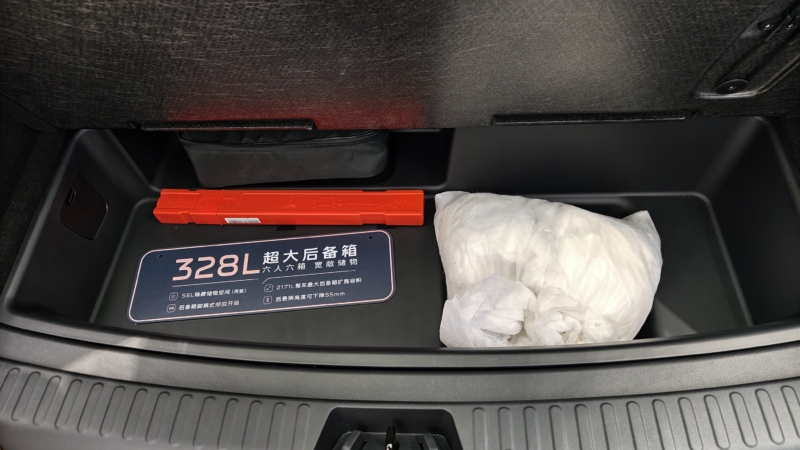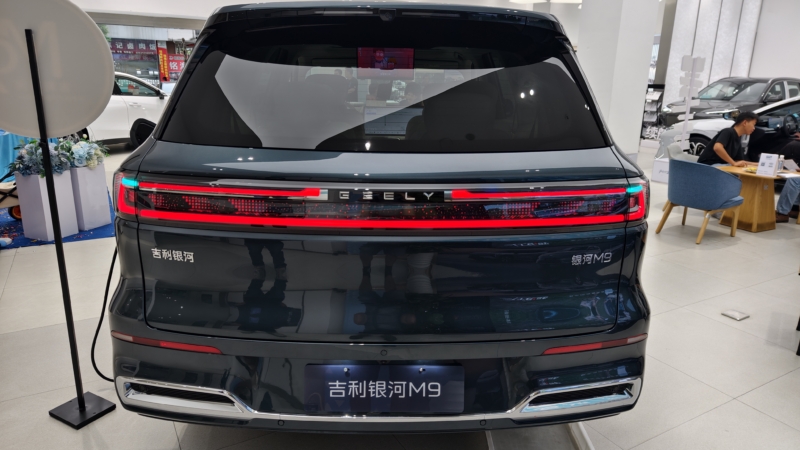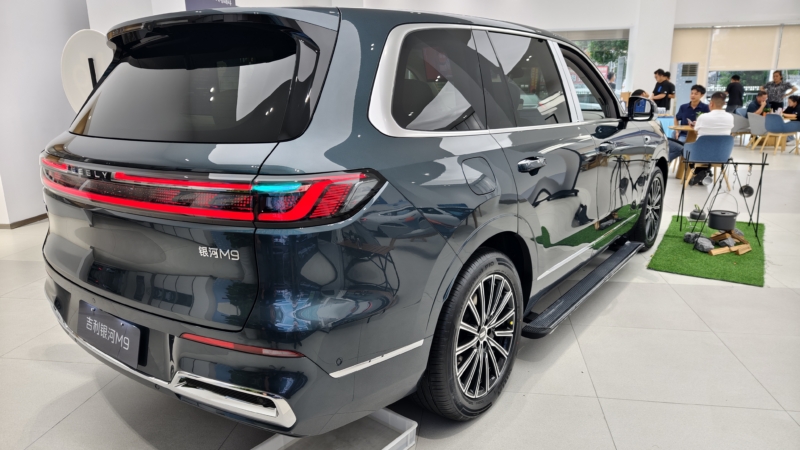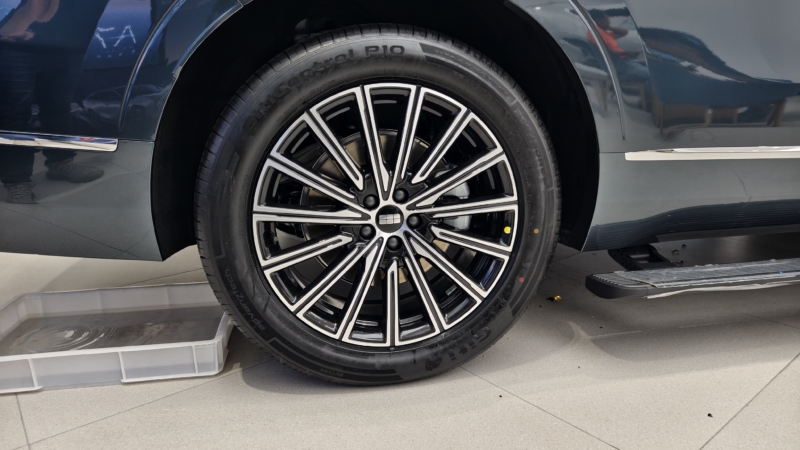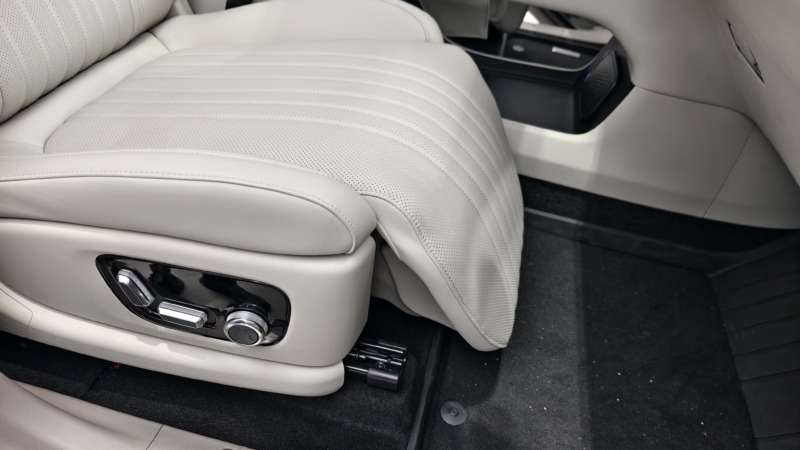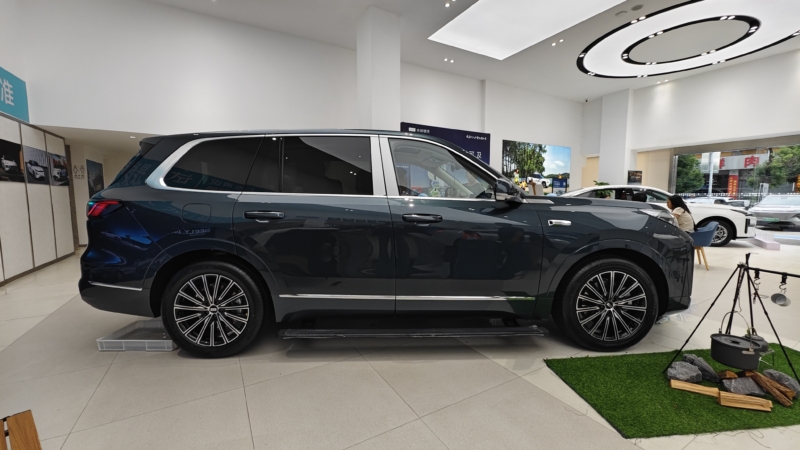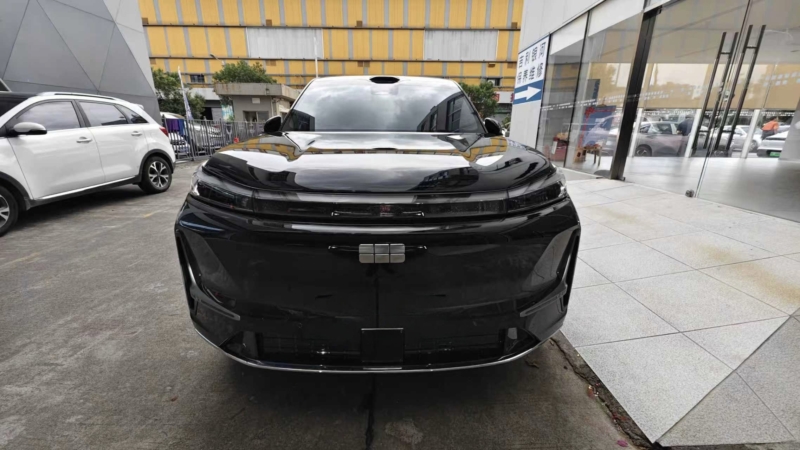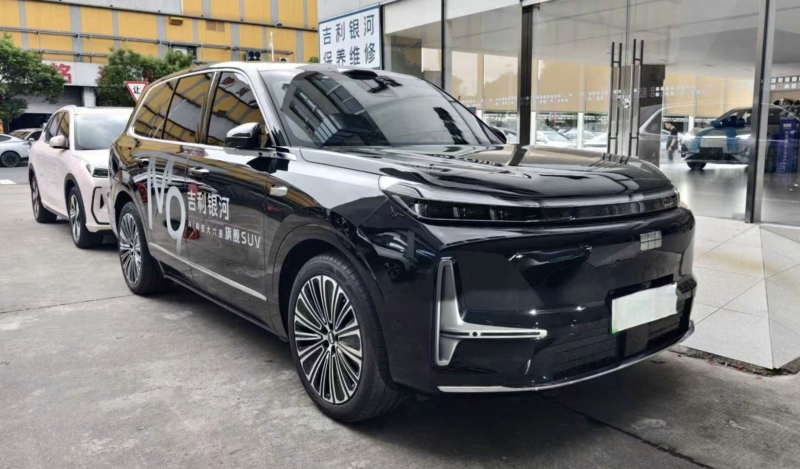Sunday China Drive | Geely Galaxy M9: 6-seat SUV hits 4-second 0–100 km/h with smart AR-HUD cabin
The Geely Galaxy M9 officially entered the Chinese market on September 17, offering six trims that cater to the large family SUV segment. The M9 competes with vehicles such as the Huawei Aito M9 and the Li Auto L series. Its pricing starts at 183,800 yuan (25,800 USD) for the 100 km two-wheel-drive variant and reaches 248,800 yuan (35,000 USD) for the 210 km four-wheel-drive Pilot Edition. With a maximum comprehensive range of 1,505 km and a combination of hybrid and fully electric powertrains, the Galaxy M9 aims to blend interior space, technology, and driving performance for a home-oriented SUV market.
Our test car is the top trim 210km 4WD Pilot Edition.
Exterior
The Galaxy M9 measures 5,205 mm in length, 1,999 mm in width, and 1,800 mm in height, with a 3,030 mm wheelbase and a drag coefficient of 0.285. The vehicle adopts Geely’s “Star River Ripple” design language, featuring a front grille that can be closed for improved winter thermal efficiency, complex multi-layer headlights, and a full-width light strip. The side profile is defined by straight lines with subtle chrome accents, and the hidden door handles contribute to a cleaner visual line.
The exterior presents a mature and restrained aesthetic, prioritizing presence over flamboyance. Consumers can select from six exterior paint options, including silver, blue, green, black, grey, and white. The top trims are equipped with 20-inch Goodyear tyres measuring 265 mm in width, while the entry-level trims utilize narrower tyres designed for daily driving.
The body exhibits a curb weight range of between 2,180 kg and 2,530 kg, depending on the configuration, with a ground clearance of 192 mm in unloaded conditions. The front fascia is structured with a slightly protruding safety beam, providing a layered and high-standing appearance. The aerodynamic design, coupled with the adjustable grille, supports efficiency without sacrificing visual appeal.
Interior
Inside, the Galaxy M9 features a 2+2+2 six-seat layout, with the second row comprising independent seats equipped with leg rests, lumbar support, heating, ventilation, and 10-point massage functionality. The third row supports electric opening and reclining, offering one-fist space for head and legroom. The cabin spans 5.2 m² and incorporates a variety of high-end materials, including soft-touch panels and anodized finishes, which give the interior a premium appearance relative to its segment.
Technology is a prominent feature. The cockpit combines a 30-inch dual multimedia touchscreen, a 12.66-inch full LCD instrument panel, a 32-inch AR-HUD, and a 17.3-inch ceiling entertainment screen. A Snapdragon 8295P chip powers the Flyme Auto 2 system, featuring the Eva AI agent, which is capable of planning routes, controlling vehicle functions, and interacting with passengers.
The audio system features a 23-channel, 50-speaker Planar setup, delivering up to 2,600 watts and providing immersive sound for all passengers. Connectivity extends to WeChat integration and vehicle ecosystem interaction, with a four-zone voice assistant capable of executing multiple simultaneous commands. A 9.1 L refrigerator is embedded under the centre console in high-end trims, offering temperatures from -6°C to 50°C.
The interior layout strikes a balance between practicality and a sense of spaciousness. The second-row seats recline fully, allowing for a nearly flat position for extended rest. The rear seats’ position can be adjusted via electric controls, including the ability to form a “bed mode” when combined with the third-row recline. Storage and cupholder placement are well thought out, supporting longer journeys and practical family use.
Driving Experience
Initial acceleration in the tested M9 trim is linear, with power delivery tuned to avoid sudden surges at low speeds. The electric motors respond promptly, but the calibration favours smooth progression rather than aggressive launches. During mid-range acceleration, the vehicle maintains steady pull, and the drivetrain avoids abrupt gear-change sensations since the system operates as a range-extended EV.
The chassis tuning shows a clear separation between vertical and lateral motions. On uneven urban roads, the suspension filters out small bumps with minimal secondary movement, giving the body a composed feel. When the vehicle encounters larger dips or raised surfaces, the air suspension transitions smoothly through its stroke, avoiding the floating sensation sometimes seen in softer calibrations. We noted that the suspension retains adequate support when passing over speed bumps, preventing excessive rebound.
Steering weighting is on the lighter side at low speeds, allowing easy manoeuvring in tight areas. As speed increases, resistance builds progressively, giving the driver more precise feedback through the wheel. The turning response remains predictable, with no sudden shifts in steering ratio. On winding sections, the front end follows steering commands with stability, and body roll stays within a controlled range for a large three-row SUV.
The M9 maintains consistent behaviour during quick lane changes. Weight transfer is gradual, and the chassis avoids pitching even with brisk steering inputs. Under faster cornering, the body leans but does not oscillate, showing that lateral damping is calibrated to restore neutrality quickly. This helps the SUV maintain composure when transitioning from one direction to another.
Noise insulation was another point highlighted during our test. The cabin remains quiet at city speeds, with tyre and wind noise kept to a minimum. On expressways, wind noise becomes more noticeable near the A-pillars, but still stays below what is common in this segment. The electric motors remain nearly silent except under heavier acceleration, where a faint hum becomes audible.
Braking consistency also received attention. The initial pedal travel is tuned to be gentle, avoiding abrupt deceleration in traffic. As pedal input increases, braking force builds predictably, and the transition between regenerative braking and mechanical braking is smooth, without the step-change sensation that some range-extended systems display. During repeated braking, the pedal feel remained stable and did not exhibit fade within normal driving conditions.
For our test car, the four-wheel-drive variant, we noted that the rear motor’s placement slightly reduces the third-row floor depth. However, during driving, its effect is felt chiefly in traction distribution. Under more brutal acceleration, the rear motor adds push that helps stabilise the vehicle’s posture, especially on curved on-ramps.
The M9’s driving characteristics are oriented toward stability, predictability, and steady responses across varying road types, with a clear focus on tuning the suspension and chassis to manage the weight of a large three-row body.
Verdict
The Geely Galaxy M9 presents a comprehensive package for large SUV buyers seeking space, technology, and performance in a single vehicle. Its exterior design prioritises functionality and presence, while the interior features premium materials, extensive infotainment, and configurable seating for up to six passengers. Driving performance is competitive, with multiple hybrid and electric powertrain options delivering rapid acceleration, extended electric range, and low fuel consumption. Advanced chassis engineering and adjustable suspension offer a balance between smoothness and precise handling.
Compared to segment competitors such as the Huawei Aito M9, the Galaxy M9 emphasises a combination of value, technology, and usable space. High-end trims, in particular, offer features that rival those of luxury counterparts, including AR-HUD, multi-zone voice control, advanced driver assistance systems, and high-output audio systems. Its competitive pricing starting from 183,800 yuan (25,800 USD) to 248,800 yuan (35,000 USD) positions it as an option with both practical family utility and aspirational technology.
Overall, the Galaxy M9 demonstrates that large Chinese SUVs can achieve strong performance, intelligent features, and comprehensive space management while maintaining competitive pricing.
